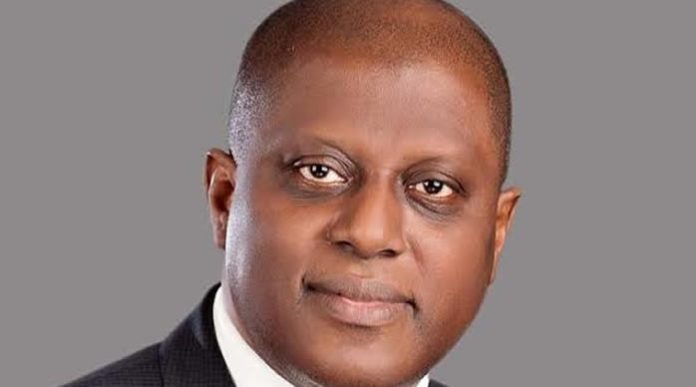The Nigerian money market experienced tightened liquidity conditions last week, driven by substantial outflows linked to the Central Bank of Nigeria’s (CBN) auction settlements and cash reserve maintenance.
After beginning the week with an opening balance of ₦398.31 billion in the financial system, liquidity rapidly dwindled due to auction-related outflows, leading to a closing deficit of ₦525.49 billion, as reported by AIICO Capital Limited.
Market analysts attributed the sharp liquidity reduction to CBN’s Open Market Operation (OMO) auction settlements, which amounted to ₦1.447 trillion, alongside net cash reserve ratio (CRR) debits. While some lenders accessed emergency funds from the CBN to cushion these impacts, market rates responded with notable increases.
Data from the FMDQ platform showed that short-term interest rates spiked to double-digit levels, reflecting the tight liquidity. According to Cowry Asset Limited, the Nigerian Interbank Offered Rate (NIBOR) rose across most maturities, with the repo rate climbing 12.73% to 31.95%, and the overnight lending rate surging 12.80% to 32.48% week-on-week.
Amid the liquidity drain, analysts at AIICO Capital indicated that despite inflows from SWAP maturities and Federal Government of Nigeria (FGN) bond coupons, rates are expected to remain high. At the start of the week, liquidity was in a comfortable position with over ₦200 billion; however, this balance quickly reversed due to outflows from OMO and NTB auction settlements totaling ₦1.54 trillion, which pushed the system into deficit from Wednesday onwards.
Reflecting on October’s liquidity trend, the interbank market faced ongoing pressure from CBN’s FX interventions, CRR debits, and frequent OMO auction settlements. The month opened with a liquidity credit of ₦709.32 billion, but this gradually shifted to an average negative balance of -₦579.71 billion.
While periodic inflows, including FAAC disbursements and Remita credits, temporarily eased pressures mid-month, funding rates fluctuated significantly, with peak rates hitting 34% during major OMO settlements.













